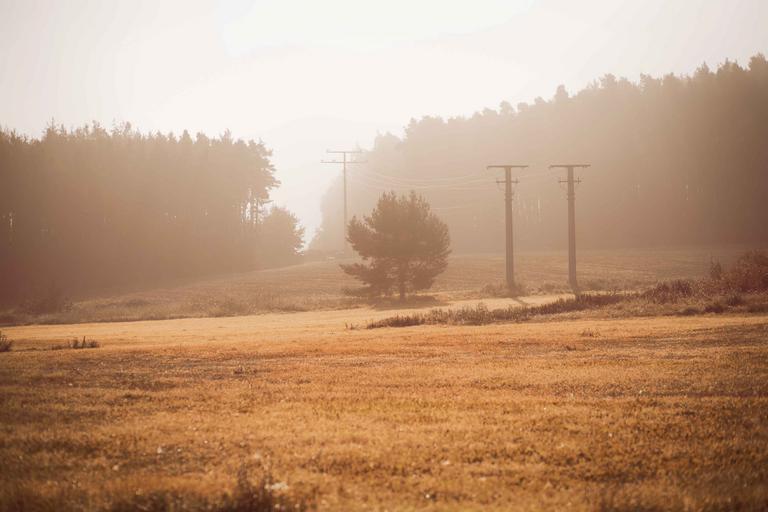Introduction
Selecting the right wall art can be a transformative experience for any space, breathing life and personality into your surroundings. The world of interior decor is vast and ever-evolving, yet one thing remains constant: the power of visual storytelling through art. Whether you're looking to create an inviting atmosphere in your living room or a serene sanctuary in your bedroom, the right wall art plays an essential role in defining the mood and character of each room. This article serves as your ultimate guide to Interior Decor Inspiration: Finding the Perfect Wall Art for Every Room, delving into various styles, tips on placement, and how to reflect personal tastes through artistic choices.
Understanding Personal Spaces with Art
The Impact of Art on Personal Spaces
Art has a profound ability to transform environments. It can evoke emotions, spark conversations, and serve as a reflection of who we are. Each piece you choose tells a story—your story. When considering wall art for personal spaces, think about what resonates with you. Do you prefer abstract designs that inspire creativity or serene landscapes that evoke calmness?
Types of Wall Art to Consider
There are countless options available when it comes to wall art:
- Paintings: Classic choices that can range from modern abstracts to traditional landscapes. Photography: Aesthetic photos wall featuring family portraits or stunning nature scenes. Prints: Affordable options that allow for easy replacement without commitment. Textile Art: Incorporating fabric-based pieces adds texture and warmth.
Why Personalization Matters
Personal spaces should be just that—personal. Curating your collection allows you to express yourself uniquely while creating an environment that feels like home.
Transforming Environments with Wall Art
Creating Inviting Spaces Through Color and Texture
Did you know that color psychology plays a significant role in mood creation in spaces? Warm colors like reds and oranges can stimulate energy, while cool colors such as blues and greens promote tranquility. Combining colors and textures wisely can lead to visually engaging decor.
Layering Art for Depth
One effective technique for enhancing visual interest is layering different types of artwork. For instance, combining two-dimensional pieces with three-dimensional objects like sculptures adds depth and intrigue.
Tips for Layering Your Wall Art
Start with a large canvas as a focal point. Add smaller pieces around it to create balance in design elements. Use frames of varying styles but maintain a cohesive color palette.Wall Art Placement Strategies
Finding the Right Spot for Your Artwork
Placement is crucial when it comes to showcasing wall art effectively. Here are some guidelines:
- Hang artwork at eye level—typically 57-60 inches from the floor. Consider the scale of your art relative to the space; larger pieces may work well above furniture. Balance visual weight by arranging multiple pieces symmetrically or asymmetrically along walls.
Wall Art Placement Techniques That Work Wonders
Use grid patterns for modern aesthetics. Create gallery walls using various frames. Anchor smaller pieces together in clusters.Large Canvas Hanging Tips
Choosing the Right Canvas Size for Your Space
When opting for large canvas prints, consider their proportionality within your room’s dimensions. Oversized artwork can make bold statements but must harmonize with surrounding elements.
Anchoring Large Canvases Effectively
To ensure stability:

- Use heavy-duty mounting hardware designed for larger weights. Consider using two hooks instead of one for added security.
Visual Storytelling in Design
Narrative Through Selection of Artwork
What story do you want your home to tell? Each piece contributes to this narrative; whether it’s travel-inspired photography or abstract paintings representing emotional journeys—it’s all about self-expression through decor.
Guidelines for Effective Visual Storytelling
Choose artworks that resonate with personal experiences or aspirations. Ensure continuity among pieces through theme or color scheme. Don’t shy away from mixing styles; contrast can enhance storytelling!Incorporating Modern and Traditional Styles Together
Creating Harmony Between Styles
Fusing modern and traditional styles can result in captivating interiors when done thoughtfully:

- Use classic frames on contemporary artworks for an unexpected twist. Pair vintage furniture with modern art pieces for eclectic charm.
Achieving Balance in Design Elements
Achieving balance involves paying attention not just to visual weight but also elements like texture and color:
Mix sleek finishes with rustic textures. Complement modern lines with rounded forms found in traditional designs.Curating Your Personal Sanctuary Through Wall Art
Essentials of A Personalized Space
A personal sanctuary should evoke peace and comfort—a haven where one can unwind after a long day! Reflecting on what brings joy is key when selecting wall art:
- Consider nature-themed pieces if they soothe your spirit. Opt for inspiring quotes displayed creatively if they motivate you daily.
Personalizing Your Sanctuary With Meaningful Pieces
Thoughtfully chosen art fosters emotional connections; it could be family portraits capturing shared memories or travel mementos reminding you of adventures lived!
FAQs About Wall Art
1. How do I choose wall art based on my style?
Choosing wall http://intuitiveinsights379.fotosdefrases.com/self-portrait-photography-a-canvas-for-personal-aesthetic art depends on your personal taste—consider styles such as minimalist, bohemian, or industrial designs while keeping color schemes aligned with existing decor.
2. What size should my wall art be?
Consider scaling based on available wall space; larger canvases serve as focal points while smaller works can complement them effectively.
3. How high should I hang my artwork?
As a rule of thumb, artwork should be hung at eye level—typically around 57 inches from the ground offers optimal viewing pleasure.
4. Can I mix different types of art together?
Absolutely! Mixing styles enriches visuals; just maintain cohesion through complementary elements like color palette or framing options.
5. Should I invest more in original artworks over prints?
While originals often carry greater value emotionally (and financially), high-quality prints offer flexibility without sacrificing style!
6. What themes work best together?
Themes like nature motifs combined with abstract shapes often work harmoniously; however, feel free to experiment until something resonates!
Conclusion
Finding the perfect wall art is not merely about decoration; it's an intricate dance between self-expression, creativity, and functionality within our homes—a reflection through interiors that speaks volumes about who we are as individuals! By exploring diverse styles—from aesthetic photos walls adorned with cherished memories to large canvases commanding attention—you'll discover ways to breathe life into every room effortlessly! Remember those design principles discussed earlier: balance matters! Create inviting spaces by incorporating layers while ensuring each piece contributes positively towards overall ambiance!

With this comprehensive guide on Interior Decor Inspiration: Finding the Perfect Wall Art for Every Room, you're now equipped with knowledge necessary not just about choosing artworks but transforming personal spaces beautifully too! Embrace artistry fully—let your home tell stories only YOU can convey!